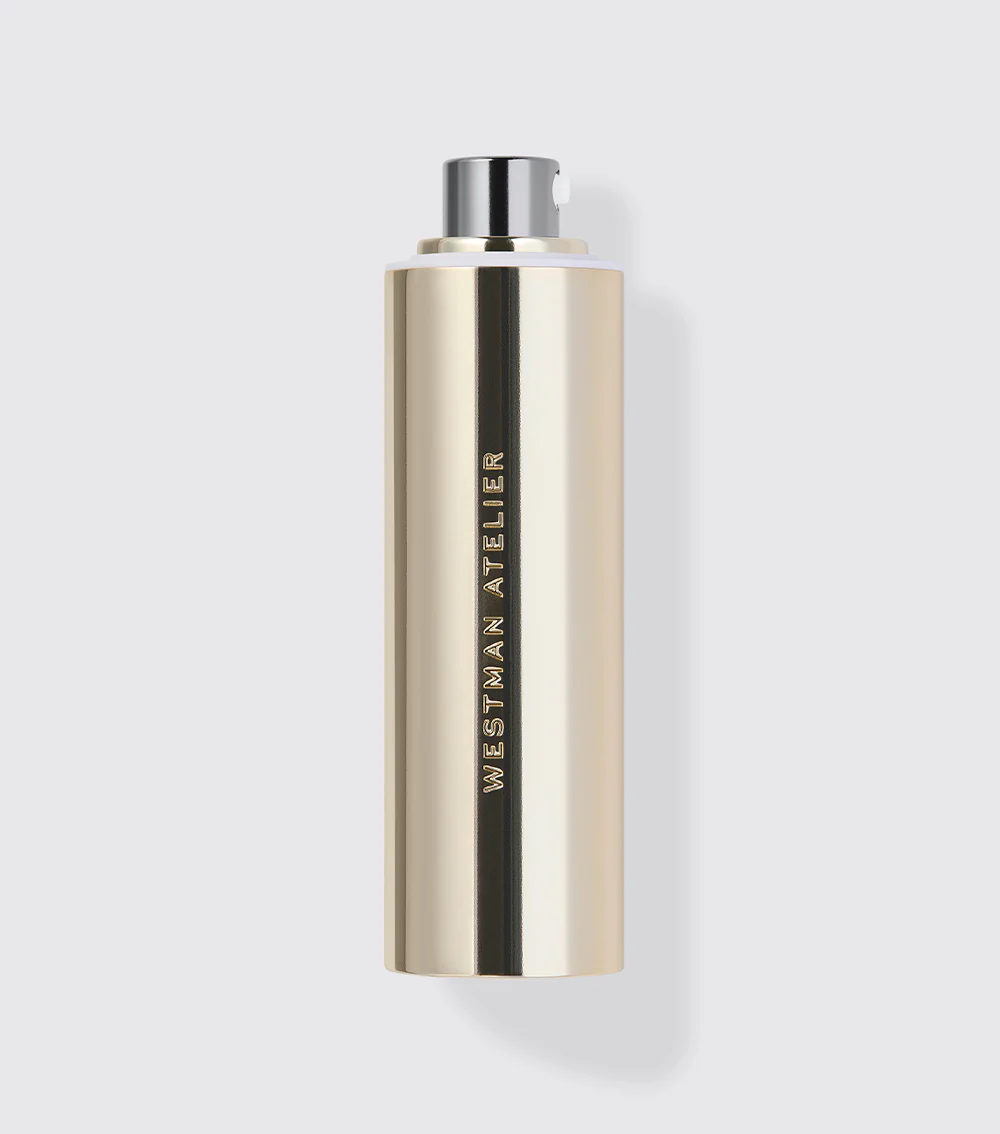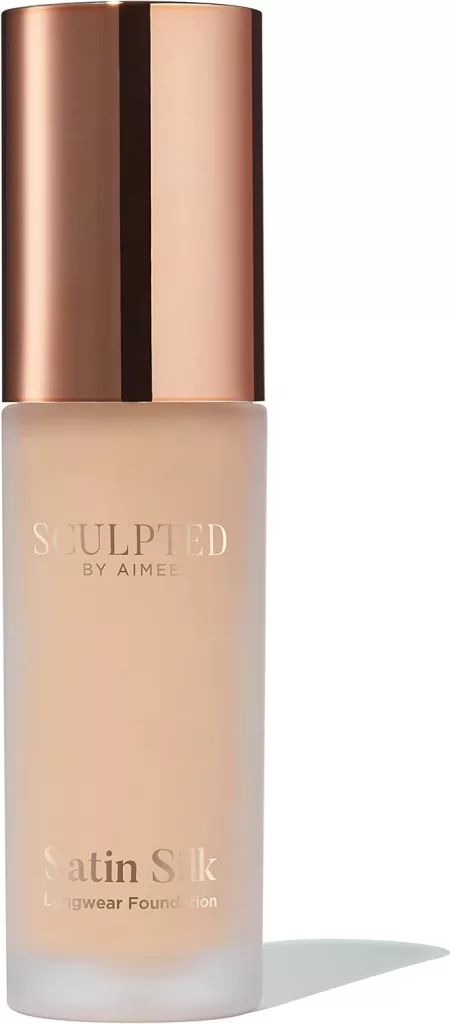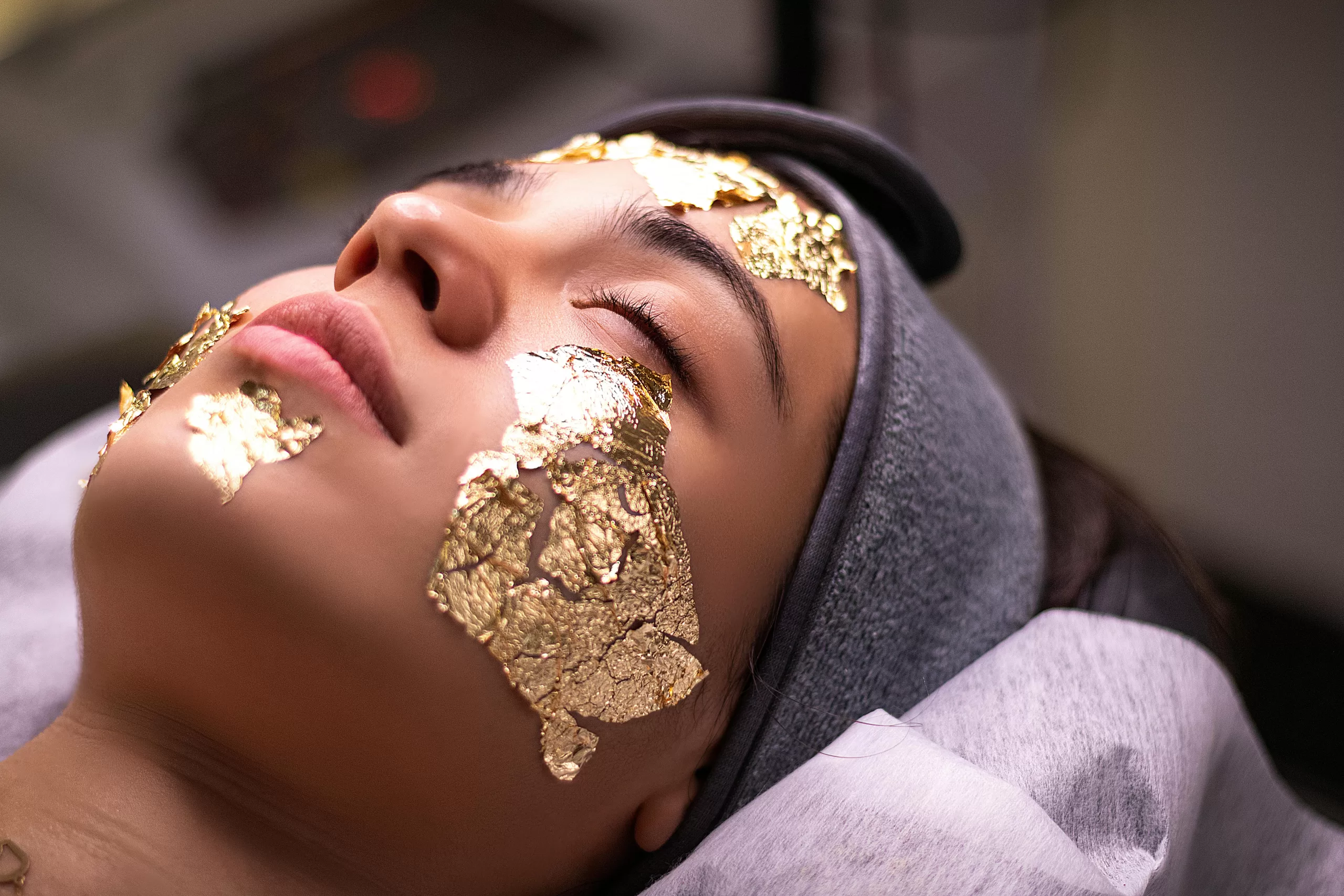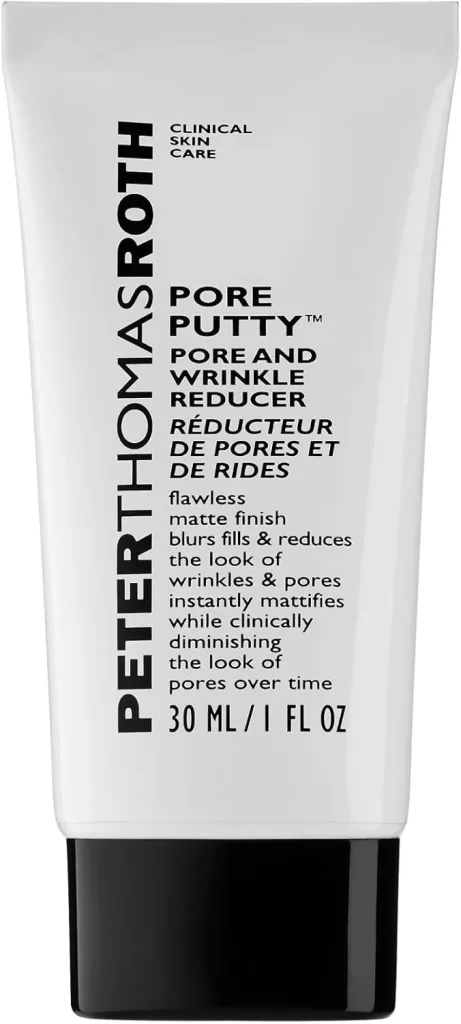Blending serums with foundation is a game-changer for achieving a hydrated, glowing complexion while enhancing your skincare routine. By combining the nourishing properties of serums like hyaluronic acid or vitamin C with your favorite foundation, you can create a customized formula that meets your skin’s unique needs. This article explores the benefits, step-by-step instructions, and expert tips for mastering this Serum with foundation beauty hack.

COSRX Snail Mucin 96% Power Face Serum 3.38 fl oz 100ml, Hydrating Serum for Face, Self Care, Glow Skin under Makeup, Korean Skin Care, Korean Beauty
The Real Snail Essence: Formulated with 96.3% Snail Secretion Filtrate, this essence repairs and rejuvenates the skin from dryness and aging. It improves skin vitality by reducing dullness and soothing dehydrated skin.
What Are the Benefits of Mixing Serums with Foundation?
Enhancing your foundation with serums offers a variety of skincare benefits:
- Hydration Boost: Serums with hyaluronic acid provide an instant surge of moisture, perfect for dry or mature skin.
- Enhanced Glow: Vitamin C serums add brightness, giving your foundation a radiant finish.
- Skin-Nourishing Benefits: Active ingredients work while you wear your makeup, supporting overall skin health.
- Customizable Texture: Achieve a lighter, more natural finish by adjusting the ratio of serum to foundation.
Why Consider Using Serum Instead of Moisturizer in Your Skincare Routine?
If you’re pondering whether to swap out your moisturizer for a serum, here’s why it might be a great idea:
- Deeper Penetration: Unlike moisturizers, which primarily sit on the skin’s surface, serums are formulated with smaller molecules that penetrate deeper. This allows them to deliver active ingredients more effectively.
- Targeted Treatment: Serums are packed with potent ingredients targeting specific issues like wrinkles, dark spots, or dehydration. Brands like The Ordinary and Skinceuticals offer options focusing on different skin concerns.
- Lightweight and Absorptive: Ideal for those with oily or combination skin, serums are generally lighter than moisturizers, meaning they absorb quickly without leaving a greasy residue.
- Customizable Routine: Because they’re less about hydration and more about treatment, serums can be easily incorporated into your existing routine. You can layer them under moisturizers or sunscreens to address specific needs without compromising overall hydration.
- Long-Term Benefits: With consistent use, serums can offer visible long-term benefits like improved skin texture, enhanced radiance, and reduced signs of aging due to their concentrated formulations.
Keep these points in mind as you refine your skincare approach, considering serums a powerful tool for achieving your skin goals.
How to Choose the Right Serum for Your Skin Type
Different serums address specific skin concerns. Here’s a guide to help you choose the right one:
| Skin Type | Recommended Serum | Benefits |
|---|---|---|
| Dry | Hyaluronic acid | Deep hydration and plumpness |
| Oily/Combination | Niacinamide | Oil control and minimized pores |
| Dull | Vitamin C | Brightening and evening skin tone |
| Sensitive | Aloe vera or green tea extract | Calming and soothing properties |
Understanding and Improving Bad Skin Texture
What Causes Bad Skin Texture?
Bad skin texture is often the result of a variety of factors affecting the smoothness and appearance of your skin. Let’s dive into some common causes:
- Dead Skin Cell Buildup: Without regular exfoliation, dead skin cells can accumulate, leading to a dull and uneven texture.
- Aging: As we age, our skin loses collagen and elasticity, causing it to become rougher and less supple.
- Acne and Breakouts: Acne can leave behind scars and uneven patches, contributing to a bumpy surface.
- Sun Damage: Excessive sun exposure can cause thickening of the skin and create rough patches.
- Dehydration: Skin lacking moisture may appear flaky and coarse.
How to Improve Skin Texture
Addressing these issues involves a combination of lifestyle changes and targeted skincare products. Here’s how you can enhance your skin’s texture:
Daily Skincare Routine
- Cleansing: Use a gentle cleanser twice daily to remove impurities without stripping your skin’s natural oils.
- Exfoliation: Incorporate a chemical exfoliant, like alpha hydroxy acids (AHAs) or beta hydroxy acids (BHAs), a few times a week to remove dead skin cells and reveal smoother skin.
- Moisturizing: Apply a hydrating moisturizer daily to lock in moisture and support your skin barrier.
- Sun Protection: Always use a broad-spectrum sunscreen with at least SPF 30 to prevent further sun damage and texture issues.
Lifestyle Adjustments
- Hydrate: Drink plenty of water daily to keep your skin hydrated from the inside out.
- Balanced Diet: Consume a diet rich in fruits, vegetables, and omega-3 fatty acids to nourish your skin.
- Sleep: Ensure you get enough sleep to support skin regeneration.
Recommended Products
Boost your skincare routine with products designed to improve texture:
- Retinoids: These vitamin A derivatives increase cell turnover and boost collagen production, helping to smooth skin over time.
- Niacinamide: This ingredient can reduce inflammation and improve skin elasticity and barrier function.
- Hyaluronic Acid: Perfect for hydration, it helps plump the skin and improve its texture.
Improving your skin texture is a gradual process, but with consistent effort and the right products, noticeable progress can be achieved. Always consider consulting with a dermatologist to tailor a regimen specifically for your skin type and concerns.

Unlocking Radiance: The Secret to Glowing Skin with Westman Atelier Suprême C Serum
Westman Suprême Serum is a cutting-edge Vitamin C treatment designed to transform skin tone and texture while reducing visible signs of aging. It stands out for its unusually high 100% Vitamin C concentration in a gentle, stable form called THD ascorbate. This serum offers a blend of scientific innovation and luxurious formulation, ideal for those…
Step-by-Step: Adding Serum to Foundation
Adding serum to your foundation can revolutionize your makeup routine, offering a lighter, more natural finish while infusing your skin with nourishing ingredients. By pre-mixing the two, you create a more fluid, nourishing formula that glides onto the skin effortlessly and feels more luxurious compared to applying them separately. This method not only enhances the texture and ease of application but also integrates skincare benefits more seamlessly.
Here’s how to master this technique effortlessly:
- Choose Your Products:
Start by selecting a serum that complements your skin type—whether it’s hydrating, anti-aging, or brightening—and pair it with a foundation that has a compatible formula. Liquid or lightweight cream foundations work best, as they blend seamlessly with most serums. - Find the Right Ratio:
Begin with one pump of foundation and 1-2 drops of serum. This ratio is a great starting point, but feel free to adjust based on the coverage and finish you desire. The serum will lighten the foundation, giving it a more sheer and natural appearance. - Mix Thoroughly:
Use the back of your hand or a mixing palette to blend the products evenly. Mixing them together creates a more fluid, nourishing formula that glides onto the skin effortlessly, combining the benefits of skincare with makeup.
Apply Strategically:
- Use a makeup sponge or brush to blend the mixture into your skin. Focus on areas that need more coverage, ensuring an even, natural finish. This method not only enhances your complexion but also adds a touch of luxury to your routine.
- Set with a Light Powder (Optional):
For those who prefer a matte look, use a loose, light finishing powder to set the makeup. This helps maintain the fresh, dewy appearance while keeping shine at bay. Gently dab the powder onto your skin, particularly on oily areas.
By following these steps, you can achieve a flawless, lightweight look that feels as good as it looks. This technique not only simplifies your makeup application but also infuses your routine with skincare benefits, making it a win-win for your beauty regimen.

L’Oréal Paris Revitalift Clinical 12% Pure Vitamin C Brightening Serum for Face
What Foundation Works Best with Serums?
For the best results, pair serums with:
- Light-to-Medium Coverage Foundations: These formulas blend seamlessly with serums, creating a dewy, natural finish.
- Hydrating or Satin-Finish Foundations: They work well with serums to enhance glow and hydration.
- Avoid Matte or Full-Coverage Foundations: These may not mix as evenly and could result in patchiness.
How to Achieve a No-Makeup-Makeup Look with Serum and Foundation
Creating a no-makeup-makeup look is all about balancing products to enhance your natural beauty subtly. A great way to do this is by incorporating serum with your foundation, giving your skin a dewy, fresh appearance without feeling heavy.
1. Select the Right Serum and Foundation Combo
Start by choosing a serum that complements your foundation. Water-based serums are versatile and mix well with foundations of similar consistency, while oil-based serums work better with lighter, more fluid foundations. Avoid using them with thick, creamy foundations, as they may not blend smoothly.
2. Blend Before Application
Combine your serum and foundation in the palm of your hand before applying to your face. This pre-mixed blend creates a more fluid, nourishing formula. The result is a seamless application that feels luxurious and adds a hint of skincare benefits to your routine. This method also enriches your skin better than traditional primers.
3. Finish with a Light Powder
After applying your foundation-serum blend, lightly dust your face with a translucent finishing powder. Use a loose, light powder to set your look without feeling cakey or highlighting pores. Apply with a soft brush or clean fingers, concentrating on areas that tend to get oily for a polished appearance.
By following these steps, you can achieve a flawless no-makeup-makeup look that enhances your natural features. Finish with subtle touches like liquid eyeshadow or a lip and cheek tint, and you’re ready to shine.

Satin Silk Longwear Foundation from Sculpted by Aimee (Medium Plus 4.5) – Lightweight, Hydrating & Buildable High Coverage, Sweat-Resistant Foundation
Pro Tips for Mixing Foundation and Serum
- Pre-Mix for Consistency: Blend enough for your entire face rather than mixing as you go.
- Adapt to Weather: Add extra serum during colder months for hydration, or reduce the amount in humid conditions.
- Use a Primer: Ensure your skin is prepped to prevent separation and extend wear time.
Choosing the Right Finishing Powder for a Serum-Foundation Mix
When your makeup routine involves a serum-foundation combination, selecting the optimal finishing powder is crucial to lock in that fresh-faced glow.
Opt for a Loose and Light Powder
A loose, finely-milled powder works best, ensuring your skin maintains that natural look without appearing cakey. These powders blend seamlessly into the skin, especially useful after applying a serum-foundation mix which tends to emphasize a dewy finish. Look for options from well-known brands like Laura Mercier’s Translucent Loose Setting Powder or the Ultra HD Microfinishing Loose Powder by Makeup Forever.
Why Avoid Pressed Powders?
Pressed powders often have a heavier consistency, making them more challenging to blend evenly over a serum-foundation layer. They may highlight pores instead of minimizing them, counteracting the smooth look you’re aiming for.
Application Tips
To apply, use a soft brush or clean fingers, gently pressing the powder onto areas prone to oiliness, such as the T-zone. This method helps set the makeup without disturbing the serum-foundation layer. Once you’re done, you can add finishing touches like liquid eyeshadow or a touch of lip and cheek tint for a complete look.
By choosing the right powder and application method, you’ll ensure a flawless and natural finish that’s perfect for any camera moment.
Makeup Tips for Effortless Glam During Virtual Holiday Parties
Virtual holiday parties are the perfect occasion to experiment with a fresh, camera-friendly look. Here’s how to achieve a luminous appearance that stands out on screen without overpowering your natural beauty.
1. Mix and Match Your Base
Achieving a radiant base starts with the right foundation mix. Consider adding a drop of serum to your foundation. Choose a serum that complements the texture of your foundation. If your foundation is water-based, a similar serum will blend seamlessly, while creamier foundations may pair better with hydrating serums. Pre-mixing ensures the foundation goes on smoothly and keeps your skin looking and feeling fresh.
To perfect your look for that virtual holiday party, follow these steps:
- Select the Right Serum:
Opt for a serum that matches your foundation’s formulation. Water-based serums work well with lighter foundations, while oil-based serums are better suited for richer, creamier foundations. This ensures a cohesive blend that enhances your skin’s natural glow. - Mix Before Application:
Combine a drop or two of serum with your foundation in the palm of your hand. This creates a silky, nourishing mixture that glides on effortlessly, offering a more dewy finish than traditional application methods. - Set with Finishing Powder:
After applying your serum-infused foundation, lightly dust your face with a loose, translucent powder. This helps set the makeup without adding heaviness, maintaining that fresh, no-makeup-makeup look. Focus on areas prone to oiliness and blend gently using a soft brush.
By incorporating these steps, you can achieve a flawless complexion that’s perfect for any camera-ready occasion. Whether you’re attending a festive gathering or a casual meet-up, your makeup will look both natural and luminous.
2. Illuminate with a Subtle Highlighter
Add dimension to your look with a touch of highlighter along the cheekbones, brow bones, and the bridge of your nose. Opt for a liquid or cream highlighter for a natural glow that won’t appear too harsh on camera. Apply with your fingertips for a more controlled, subtle sheen.
3. Focus on Your Eyes
Your eyes can truly steal the show in virtual settings. Use a liquid eyeshadow in soft, shimmery shades to make your eyes pop without looking overly done. A swipe of volumizing mascara will open up your eyes and add definition without being too dramatic.
4. Set Wisely
To lock in your foundation-serum mix without dulling the radiance, dust a light finishing powder across your face. A loose powder works best to keep shine at bay while maintaining a silky look. Apply it primarily in areas prone to oiliness, like the T-zone.
5. Don’t Skip the Brows and Lips
Well-groomed brows frame your face beautifully. Define them with a brow pencil or powder for a polished appearance. Finish off with a tinted lip balm or a soft lip tint that brings out your natural lip color, perfect for long virtual catch-ups.
With these tips, you’ll be camera-ready in no time, confidently showcasing your festive spirit and glowing complexion!

Beginners Make-Up Course: Day and Evening Make-Up
Starting a journey into the world of makeup can be exciting yet overwhelming. This Beginners make-up course covers everything you need to know, from understanding the basics of anatomy and physiology to perfecting your evening glam look. Whether you’re learning for personal use or aiming to become a professional, this course will equip you with…
FAQs
1. Can I mix a primer with serum and foundation?
Yes! Adding primer to your serum-foundation mix can improve the application and longevity of your makeup.
2. Will mixing serum and foundation affect coverage?
Yes, adding serum can slightly sheer out the foundation, offering a more natural finish.
3. Are there serums that shouldn’t be mixed with foundation?
Avoid serums with exfoliating acids or retinol during the day, as they may cause irritation when exposed to sunlight.
4. How do I ensure the serum and foundation don’t separate?
Use formulas with similar bases—water-based serum with water-based foundation or silicone-based products together.
5. Is this method suitable for oily skin?
Yes, but opt for lightweight, oil-free serums and foundations to prevent excess shine.
Discover 7 Skincare Hacks That Will Transform Your Routine Forever!

Looking for dermatologist-approved, researched 7 Skincare Hacks? Discover these clinically tested, science-backed skincare tricks designed to reveal your skin’s radiance and leave it feeling rejuvenated. These methods offer a fresh approach to personalizing your routine, unlocking benefits through strategic, yet simple steps.
THE Best Peter Thomas Roth – Pore Putty Pore and Wrinkle Reducer 1 Fl Oz New by Peter Thomas Roth

Explore more articles like this @ Where And How Resources
If you found this article helpful, don’t forget to share it with your friends and followers!

